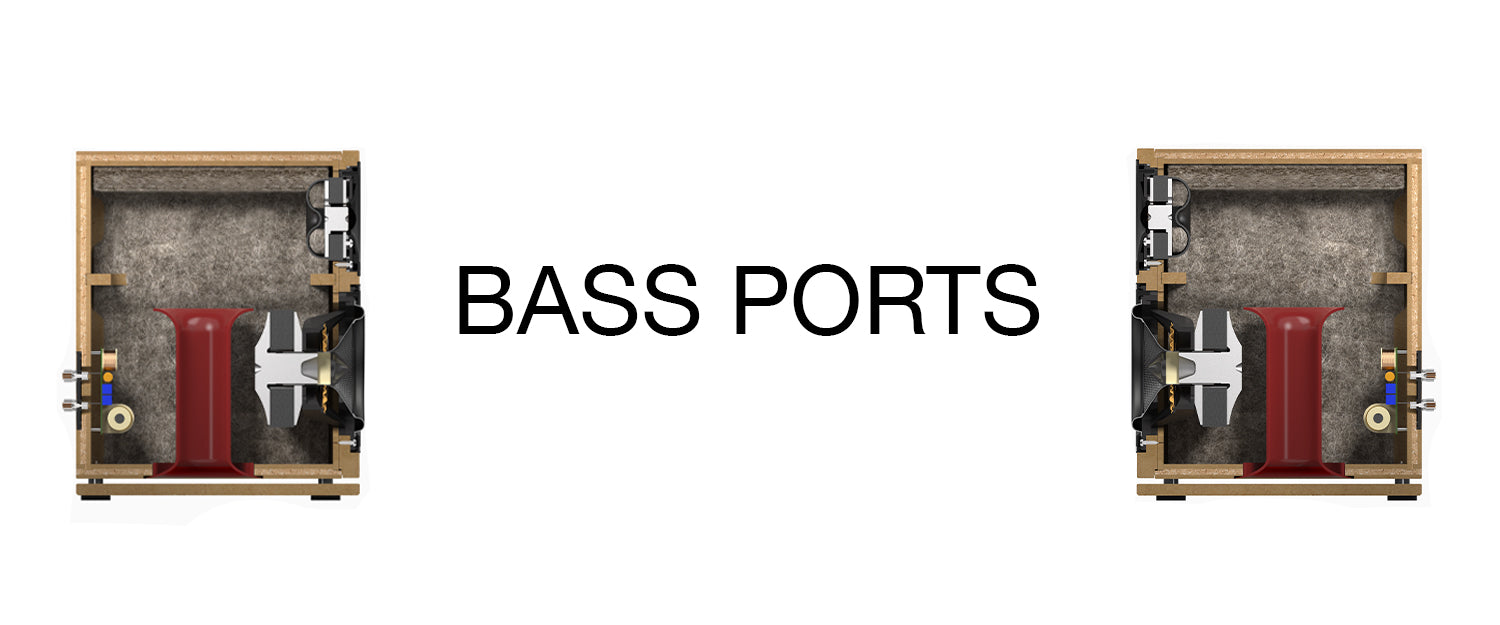What is bass porting & how does it help?

It goes both ways.
Speaker cones vibrate out as well as in, meaning vibrations created by speaker cones are projected out toward the listener as well as inside the speaker housing. But the internal vibrations cause quality issues.
Mixing signals.
Amplifiers send signals to loudspeaker voice coils to vibrate speaker cones (basically). If you think of a speaker as a bell: the cone is the bell’s outer diaphragm, the voice coil its clapper (the bit you ring the bell with).
Voice coils are given very specific directives to ensure accurate sound reproduction. But if further vibration is added – say from internal speaker vibrations bouncing off the inner walls – the cone distorts. This is why speakers are filled with absorbent material, and porting helps as well.
Bass-reflex delivers better bottom end
But the key role of bass reflex speaker design (bass ports) is the bigger bottom end they deliver. It’s a clever design feature to get better bass performance from smaller speakers. Ports allow bass energy to exit from the internal speaker chamber to increase bass response, and depending on size and design the results are significant.
Placement is important.
Placement is three-fifths of sound quality, or thereabouts. While you can put your loudspeakers any old place they’ll fit, and most of us do, better positioning significantly improves the listening experience (click for more info).
Too close, too far.
Some speakers have front ports, but rear-ported loudspeakers require delicate positioning to avoid muddy low end. That’s why loudspeakers showcased in dedicated sound rooms will have plenty of space around them. Too close and it gets muddy or boomy, to far you lose low-end performance. There is a sweet spot and sound rooms are dedicated to finding it.
Benefits to slot loading.
Not only does slot loading avoid chuffing (distortion) caused by increased bass energy exiting the port, problems found in convention port design, the delicacy of speaker/wall positioning is also removed, meaning you have greater freedom with speaker placement. It’s a huge plus for people who don’t live in houses with dedicated sound rooms – pretty much all of us.
We’ve designed our bass ports to improve bass response, avoid distortion, and allow greater speaker placement flexibility.





